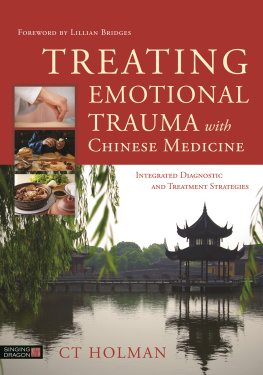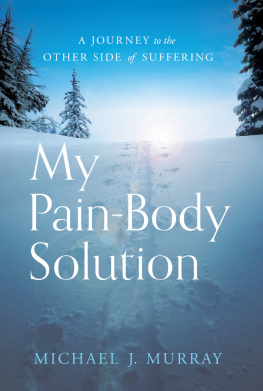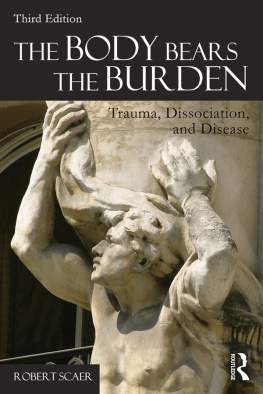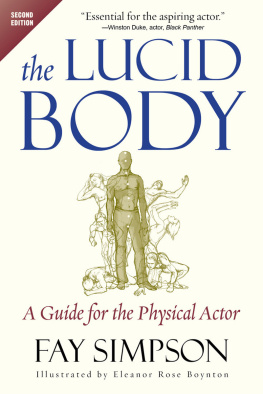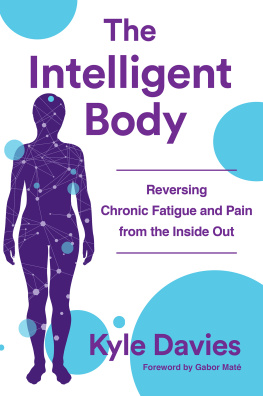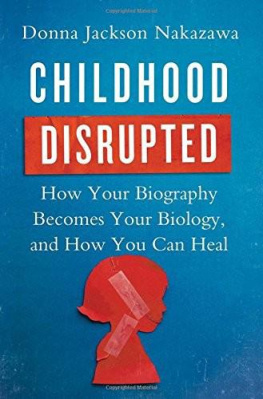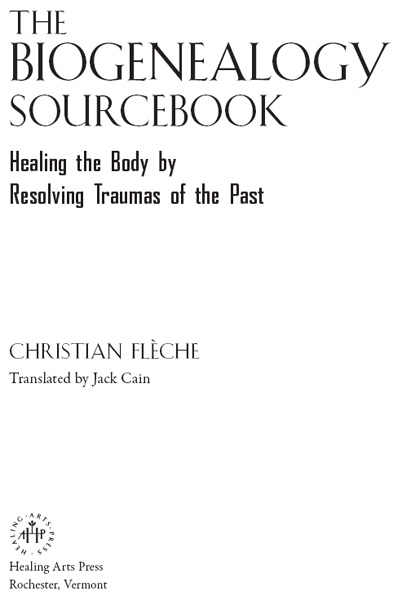I dedicate this book to all my patients from the past, fromthe present, and from the future who were, are, and will be,without knowing it, my teachers.
You have taught me my profession and so many other lessonsabout humanity, about life, and about myself that I oweto you each line of this book.
Thank you.
ACKNOWLEDGMENTS
The Biogenealogy Sourcebook is a work that, like a child, has a long and beautiful lineage preceding it.
The basic decoding arises directly from the thought and intuition of Dr. H.S. I want to thank the following researchers and discoverers for their substantive and pertinent contributions to the specific decodings: Grard Athias, Pierre Julien, Dr. Claude Sabbah, Dr. Robert, Dr. Jacques Aime, Dr. Louis Angelloz, Dr. Pierre-Jean Thomas-Lamotte, Amde Achsse, Marie-Franoise Nogues, Herv Scala, Marie-Thrse, Grard Saksik, Rgis Blin, and Marc Frchet. This book would not have existed without their passionate tenacity.
A resonant and cosmic thanks to my faithful friends, such as Jean Olive, Patrick Obissier, Betty Tichet, and other secret contributors who have been indispensable to bringing out this book.
And a special thank-you to the medical doctors for their verification of the medical elements in this book: Brigitte Brumault, Jacques Aime, Louis Angelloz, Pierre-Jean Thomas-Lamotte, Jacques Saussine, and Jean-Jacques Lagardet.
PREFACE
This book is a practical manual:
- First of all for use by men and women concerned about a physical problem, a symptom, or an illness. This book will allow you to put yourself in charge, to discover that you have a body that is to healyou through the agency of illness. The first goal of this book is to decode, decrypt, and translate the language of the body and to do it by biological methods.
- Second, for use by therapiststo help you guide your patients as they wander through the labyrinth of the dark messages hidden in their symptoms. Are they at the stage of stress or of healing? Is it a problem in the endodermic stomach or the ectodermic stomach?
But, whether you are sometimes ill or sometimes the therapist, always remember that in our country the specialized professionals, the medical doctors, have sworn the Hippocratic oath and, following long, difficult, technical, and scholarly studies, have agreed to help all women and all men who ask for their help and to do so with kindness and goodwill, while setting aside their own personal interests.
Also, certain acts spoken about here are for them alone: diagnosis, prescriptions, practical examinations, and treatment.
This book can in no way replace a medical consultation. It can nourish and orient your thoughts, bring freedom through awareness of your emotional conflicts, and provide, as I wish it might for you, a deep and lasting peace. But it will not enable you to distinguish, for example, a pulmonary adenocarcinoma from a small-cell bronchial cancer or MS from Charcot-Marie syndrome.
The following introduction, The General Principles of Biogenealogy, is a condensed summary of my previous book: Mon corps pour me gurir [My Body There to Heal Me], published by Le Souffle dOr; this summary will help explain what follows, but cannot replace a reading of that whole book or others on the same subject, or related activities such as attending seminars.
In this book, each illness is studied in the context of the organ concerned along with its associated system. For example, a heart attack will be studied with the coronary arteries in the chapter on cardiology; an otitis (earache) will be studied as part of the study of the ears in the ear, nose, and throat chapter.
If you are looking for an organ or a pathology, go either to the index or to the system that is the seat of this pathology.
The body systems are in chapters arranged in alphabetical order and are made up of organ files. For each organ the following are described: thepart of the organ referred to (for example: the mucosa or the submucosa in the mouth) and, more particularly, the felt sense ofthe biological conflict, with all the points of connection and conflicting nuances that have been cataloged to date. This felt sense or feeling experience is the cornerstone, the touchstone, the philosophers stone, the Rosetta stone, the stone that wont roll away.... It is the essential tool of this book and an important moment in biodecoding therapy. In fact, each organ corresponds to a biological function. For example, the mouth = catching the morsel of experience; the stomach = digesting the morsel; the colon = eliminating the morsel; the pulmonary alveoli = catching the morsel of air, of oxygen, of life; the thyroid = accelerating the metabolism of the body.
When an organ is considered to be ill, the organ expresses this biological function with a shortfall or an excess (quantity) or an insufficient quality.Illness is a felt sense that has become unconscious andhas entered into the biology. The felt sense that leads to a pathology is an unfulfilled biological function. The biological function is a way of adapting to the external world. And we are the totality of our adaptation modes, established and then transmitted by all of our ancestors.
Biodecoding therapy consists first of all in knowing which organ is affected, then which felt sense corresponds to this organ, then discovering the shocks during which the patient first felt these felt senses, and finally in allowing the patient to express each felt sense with emotion in order to remove its effect from the biology (debiologize).
These are the reasons why you will find, for each organ, a section called The Felt Sense of the Biological Conflict. Moreover, I have included in that section as many types of feelings and experiences as I was able to assemble over ten years from contacts with those researchers in biological decoding mentioned in the acknowledgments. Each organ file may also include:
- Examples, which will allow you to better grasp and feel each biological felt sense. Sometimes there will be a few complementary observations.
- An indication of the embryonic origin of the organ: whether the tissue described developed from the endoderm, mesoderm, or ectoderm layer of the embryo. The reason for this information is that the felt sense will be different depending on whether its the endodermic part (for example of the primordial colon, which suggests that one feels a sense of crappiness) or the ectodermic part. (The ectodermic colon has a felt sense that is more social and suggests a conflict of lack of identity in the territory, or not having ones place.)
- The neuronal connections for the organ, since each organ is connected to a particular group of neurons.
This book, being a research tool, should be tested, verified, validated, in fact put into question, before you extract a benefit from it for your own realizations. The work is very much a work in progress in that it is still being developed, discovered, and constantly improved; it is not a remnant of the past or a dusty museum piece, good only for those who long for their first baby bottle or for amnesiacs who long for the present moment, for living time, and more.
Introduction
THE GENERAL PRINCIPLES OF BIOGENEALOGY
Insofar as we observe illnesses through a watching and a listening that are biological, we realize that they all begin with a shock, a precise, punctual event in space and time.



